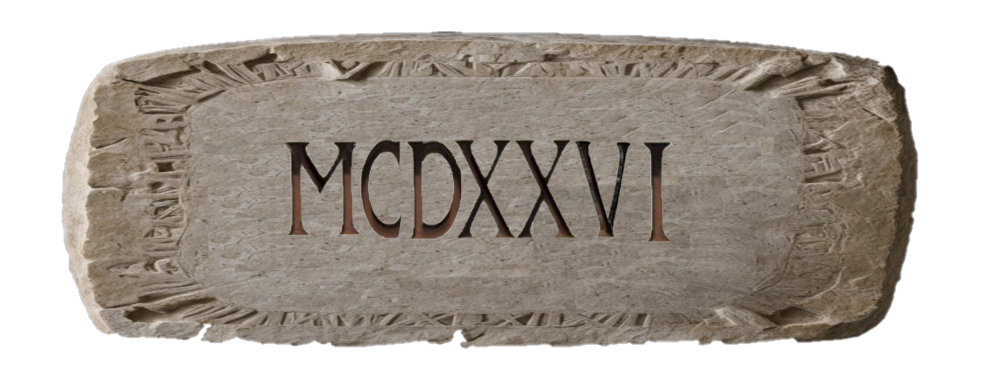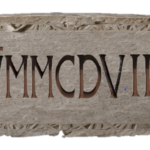The Roman numeral “MCDXXVI” represents the number 1426. Here’s the breakdown:

- M: This stands for 1000.
- CD: This represents 400. In Roman numerals, “C” stands for 100 and “D” for 500. Placing “C” before “D” (CD) means 500 minus 100, which is 400.
- XX: This stands for 20. “X” represents 10, so “XX” is 10 + 10.
- VI: This represents 6. “V” stands for 5 and “I” for 1, so “VI” is 5 + 1.
Combining these, M (1000) + CD (400) + XX (20) + VI (6) equals 1426.
Decimal to Roman Numeral Converter
Roman Numeral:
The year 1426 was a significant time during the Late Middle Ages, and several interesting events and developments took place.
Here are some fun facts about this year:
- Historical Context: The year 1426 falls within the period of the Hundred Years’ War between England and France, a series of conflicts that shaped much of European history during the 14th and 15th centuries.
- Siege of Calais: In this year, Philip the Good, Duke of Burgundy, laid siege to Calais, an English-held port in northern France. Calais was of significant strategic importance during the Hundred Years’ War.
- Cultural Developments: The Renaissance was beginning to take shape in Italy around this time, though it would be several decades before its influence spread widely across Europe. The year 1426 saw ongoing developments in art, architecture, literature, and science, primarily centered in Italy.
- Notable Births: In 1426, several notable historical figures were born, including Edmund Grey, 1st Earl of Kent, an English nobleman and a significant figure in the Wars of the Roses.
- Religious Events: The Catholic Church, under Pope Martin V, was working to reassert its authority following the Western Schism, which had ended in 1417. This period was marked by efforts to consolidate church power and address issues raised by various reform movements.
- Feudal Societies: Most of Europe was still organized around feudal systems, with kings, nobility, and knights wielding power over largely agrarian societies. Life for the majority of people was rural and centered around farming and village life.
- Technology and Exploration: While major explorations like those of Christopher Columbus were still decades away, the 15th century was a time of important technological advancements in navigation and shipbuilding, which would later facilitate the Age of Exploration.
Remember, the history of any specific year, like 1426, is complex and intertwined with broader historical trends and events.

